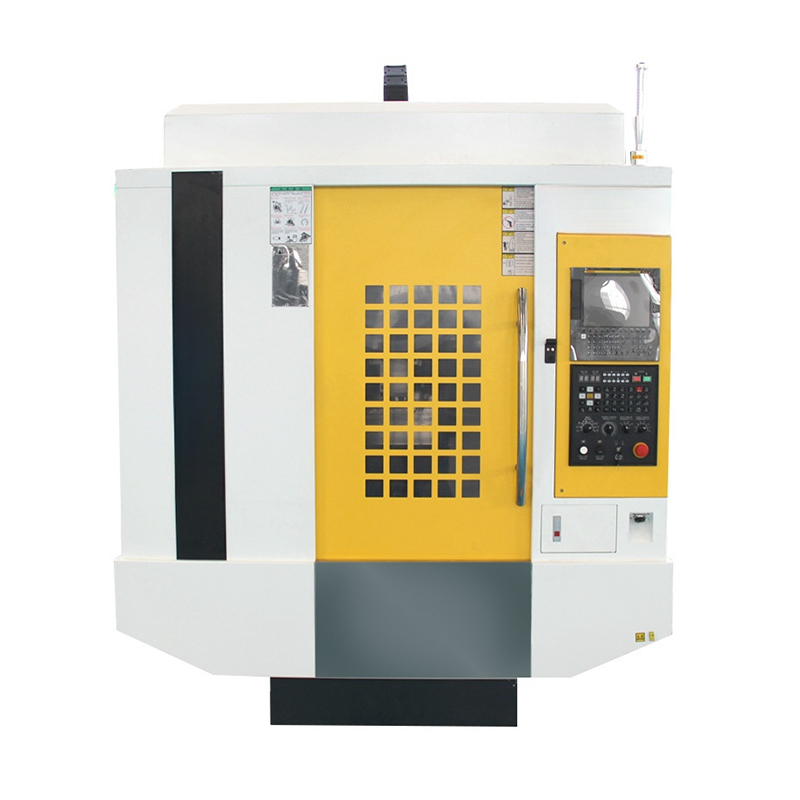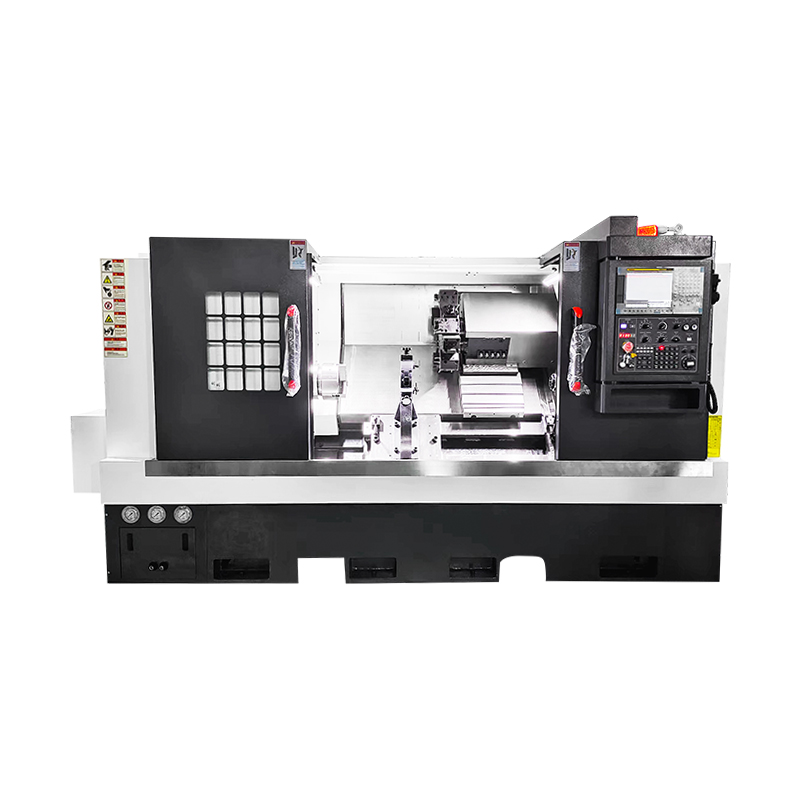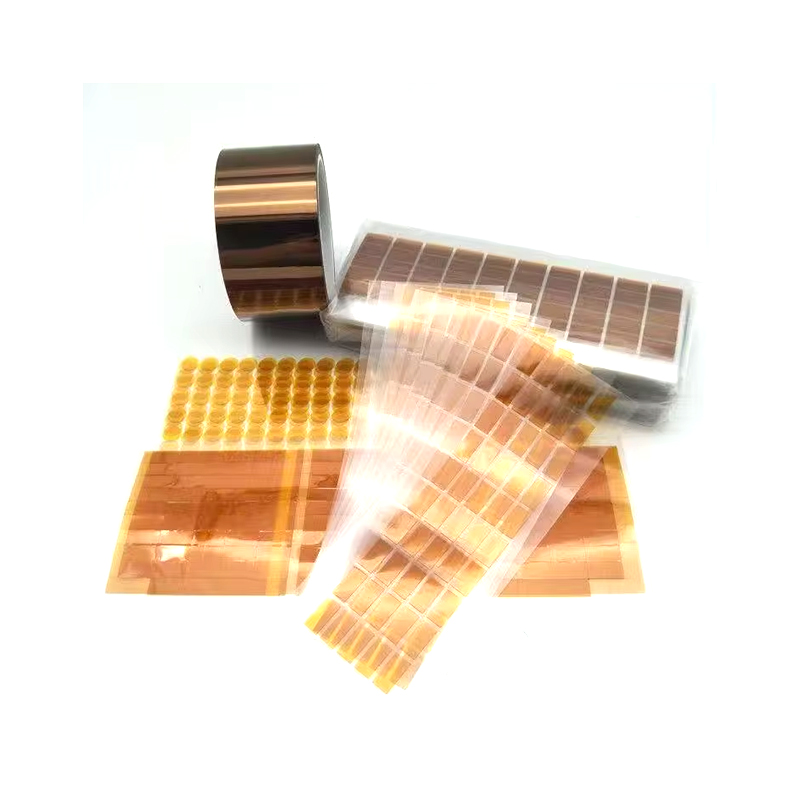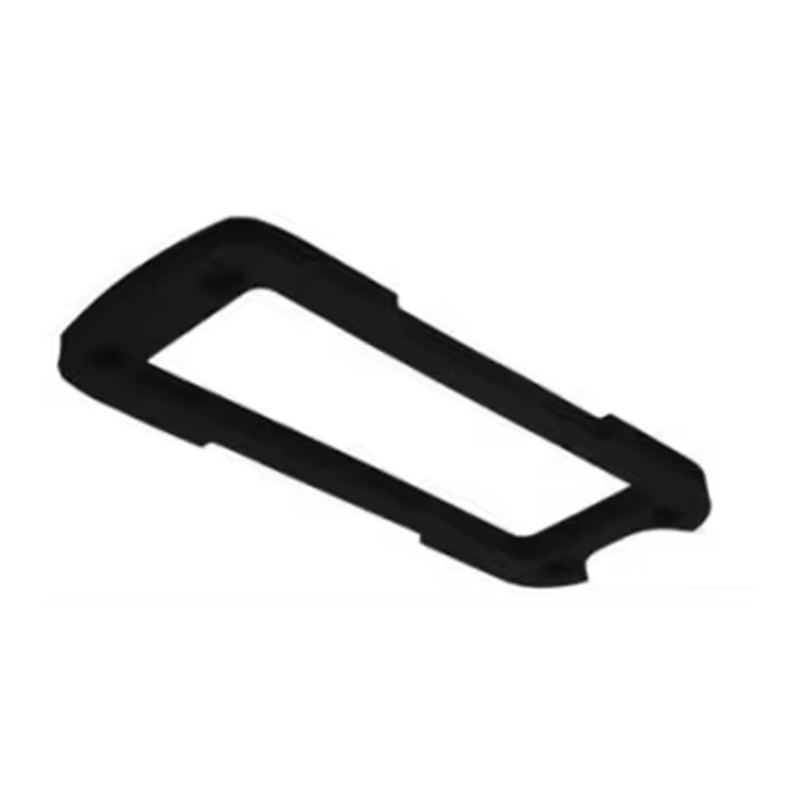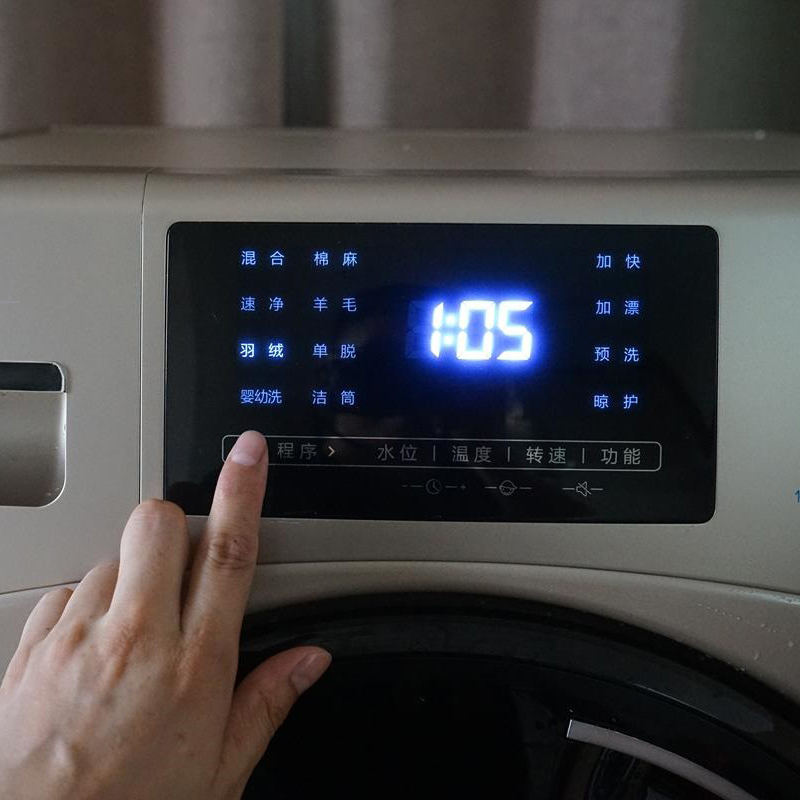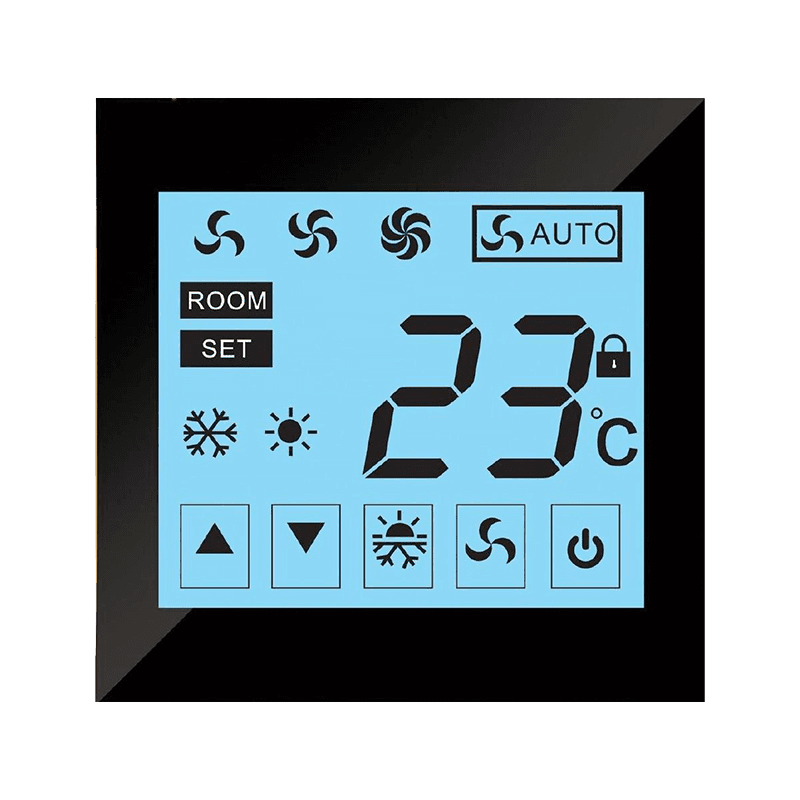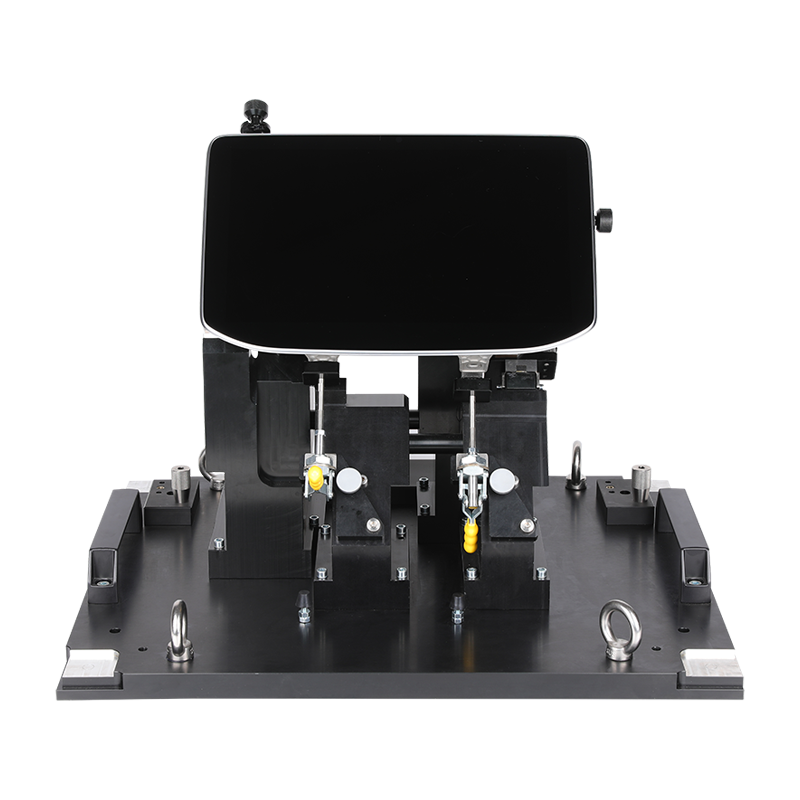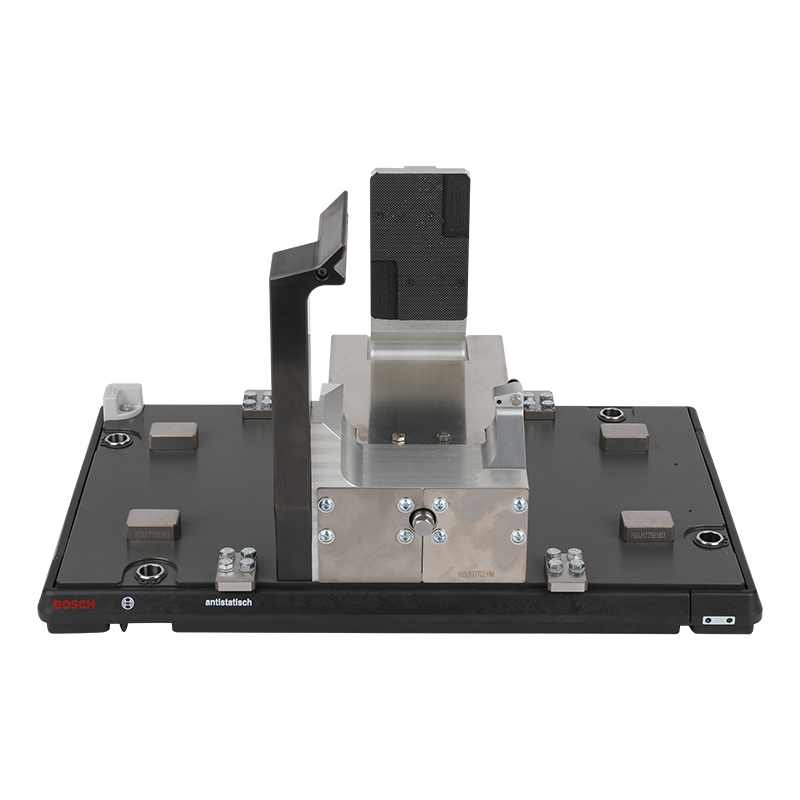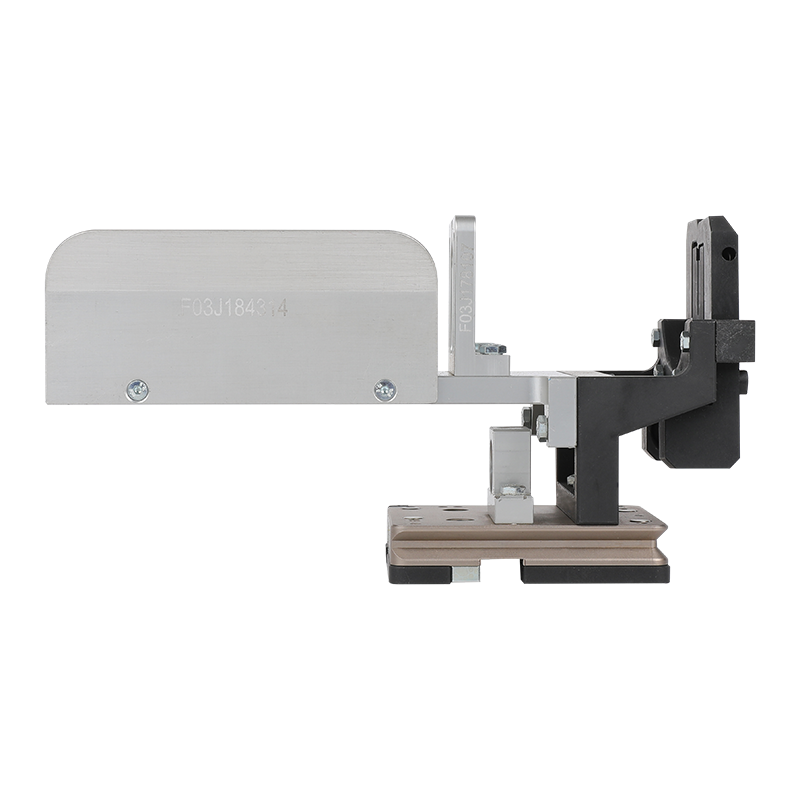I. Introduction
A. Hook: In an era defined by unprecedented technological advancement, the backbone of modern manufacturing lies in its ability to produce components with extraordinary precision and consistency. From the intricate mechanisms of a smartphone to the critical components of a jet engine, the demand for perfection is paramount.
B. Definition of CNC: At the heart of this manufacturing revolution is Computer Numerical Control (CNC). CNC refers to the automation of machine tools by computers executing pre-programmed sequences of machine control commands, rather than by manual operators. It's a sophisticated method where digital instructions guide machinery to perform tasks with unparalleled accuracy.
C. What are CNC Parts?: CNC parts are components, products, or prototypes that have been manufactured using these computer-controlled machines. Unlike parts made through traditional, manual machining, CNC parts are produced with minimal human intervention during the actual cutting or shaping process, leading to superior quality and repeatability.
D. Importance: The pervasive role of CNC parts across virtually every industry underscores their immense importance. They are the silent enablers of innovation, allowing engineers and designers to bring complex, high-performance designs to life. Their impact ranges from accelerating product development cycles to ensuring the safety and reliability of critical systems.
E. Article Overview: This article will delve into the fascinating world of CNC parts, exploring what defines them, the materials they are made from, and the intricate process of their creation. We will examine their diverse applications across leading industries, highlight the significant advantages they offer, discuss the challenges involved, and cast a gaze into the exciting future trends shaping CNC manufacturing.

II. Understanding CNC Parts
A. Core Concept:
What truly defines a "CNC part" is its method of manufacture: it is produced by automated, computer-controlled machines. This contrasts sharply with traditional machining, where skilled operators manually guide tools. In CNC, a computer program dictates every movement of the machine, from tool selection and speed to precise cutting paths, ensuring that each part is an exact replica of the digital design.
B. Materials Used:
The versatility of CNC machining allows for the processing of an extensive range of materials, each chosen for specific application requirements:
| Material Type | Description/Applications |
|---|---|
| Metals: Aluminum | Lightweight, excellent strength-to-weight ratio, good thermal conductivity, and easy to machine. Widely used in aerospace, automotive, and consumer electronics. |
| Metals: Steel (Stainless, Tool) | Stainless steel offers corrosion resistance and strength, ideal for medical and food processing. Tool steel is known for its hardness and resistance to abrasion, used for dies and molds. |
| Metals: Brass | Good electrical conductivity, low friction, and aesthetic appeal, often found in electrical components, fittings, and decorative items. |
| Metals: Copper | Excellent electrical and thermal conductivity, used in electrical components and heat sinks. |
| Metals: Titanium | High strength-to-weight ratio, excellent corrosion resistance, and biocompatibility, critical for aerospace and medical implants. |
| Plastics: ABS (Acrylonitrile Butadiene Styrene) | Good impact resistance and toughness, common in consumer products. |
| Plastics: Nylon | High strength, wear resistance, and good chemical resistance, used for gears, bearings, and structural components. |
| Plastics: Polycarbonate | High impact strength and optical clarity, suitable for protective covers and optical parts. |
| Plastics: PEEK (Polyether Ether Ketone) | High performance, excellent chemical and temperature resistance, and biocompatibility, used in demanding medical and aerospace applications. |
| Plastics: Delrin (Acetal) | High stiffness, low friction, and good dimensional stability, often used for gears, bearings, and precision parts. |
| Composites | While more challenging to machine due to their abrasive nature, materials like carbon fiber reinforced polymers can also be CNC machined for specialized applications requiring extreme strength and lightness. |
C. Characteristics of CNC Parts:
CNC parts possess distinct characteristics that make them indispensable in modern industries:
- High Precision and Tight Tolerances: CNC machines can achieve dimensional accuracies down to micrometers, allowing for parts that fit together perfectly and function flawlessly.
- Excellent Surface Finish: The controlled movement and optimal cutting parameters result in smooth, aesthetically pleasing, and functional surfaces.
- Complex Geometries Possible: Unlike manual methods, CNC can create highly intricate and complex shapes, internal features, and organic forms that would be impossible or prohibitively expensive otherwise.
- Repeatability and Consistency: Once programmed, the machine can produce thousands or millions of identical parts, ensuring uniformity across large production runs.
- Reduced Human Error: Automation significantly minimizes the potential for human mistakes, leading to higher quality and less scrap.
III. The CNC Machining Process: How Parts are Made
The journey of a CNC part from concept to reality involves several critical stages, each leveraging specialized software and machinery.
A. Design (CAD):
The process begins with Computer-Aided Design (CAD). Engineers and designers use CAD software (e.g., SolidWorks, AutoCAD, Fusion 360) to create detailed 2D drawings and 3D models of the desired part. This digital blueprint defines every dimension, feature, and tolerance. A crucial aspect at this stage is Design for Manufacturability (DFM), where the design is optimized to ensure it can be efficiently and cost-effectively produced using CNC machining, considering factors like tool access, material removal, and part rigidity.
B. Programming (CAM):
Once the CAD model is finalized, it moves to Computer-Aided Manufacturing (CAM) software. The CAM software translates the 3D model into machine-readable instructions, known as G-code and M-code.
- G-code (Geometric Code): Dictates the precise movements of the machine tool, including coordinates, feed rates, and cutting depths.
- M-code (Miscellaneous Code): Controls auxiliary functions like starting/stopping the spindle, turning coolant on/off, and initiating tool changes.
The CAM software generates optimized tool paths, determining the sequence of cuts, the type of tools to use, and the optimal cutting parameters (speed, feed, depth of cut) to efficiently remove material while maintaining part integrity and surface finish.
C. Machine Setup:
Before machining can begin, the CNC machine must be meticulously set up:
- Loading Raw Material (Workpiece): The raw block or rod of material from which the part will be machined is securely loaded into the machine's workholding device (e.g., a vise, chuck, or fixture).
- Tooling Selection and Setup: The appropriate cutting tools (e.g., end mills, drills, turning inserts) are selected based on the material, features, and desired surface finish. These tools are then loaded into the machine's tool changer or turret.
- Fixture Design and Clamping: Specialized fixtures are often designed to hold complex parts securely and accurately throughout the machining process, preventing movement and vibration that could compromise precision.
D. Machining Operation:
With the setup complete, the CNC program is loaded and executed. The machine then autonomously performs the machining operations:
- CNC Processes: Common processes include:
- Milling: Uses rotating multi-point cutting tools to remove material and create various features like slots, pockets, and contours.
- Turning: Rotates the workpiece against a stationary single-point cutting tool to create cylindrical shapes.
- Drilling: Creates holes.
- Grinding: Uses abrasive wheels for high precision and fine surface finishes.
- Routing: Similar to milling but often for softer materials like wood or plastic.
- Automated Tool Changes: Modern CNC machines feature automatic tool changers that swap out cutting tools as needed, enabling complex multi-tool operations without human intervention.
- Coolant: Coolant is continuously applied to the cutting zone to dissipate heat, lubricate the cutting interface, and flush away chips, extending tool life and improving surface finish.
E. Quality Control & Finishing:
After machining, parts undergo rigorous quality control and often require finishing processes:
- In-process and Post-process Inspection: Parts are inspected using precision measuring tools (e.g., calipers, micrometers, CMMs - Coordinate Measuring Machines) to verify dimensional accuracy and adherence to tolerances. In-process inspection can also occur using probes within the machine.
- Deburring: Removing sharp edges or burrs left over from the machining process.
- Polishing: Improving surface aesthetics and reducing friction.
- Heat Treatment: Altering material properties (e.g., hardness, toughness) through controlled heating and cooling.
- Surface Coatings: Applying protective or functional coatings like anodizing (for aluminum), plating (nickel, chrome), or painting to enhance corrosion resistance, wear resistance, or appearance.
IV. Types of CNC Parts and Their Applications
CNC parts are the unsung heroes behind countless products and technologies, enabling innovation across a vast spectrum of industries.
A. Automotive Industry:
The automotive sector heavily relies on CNC machining for both mass production and specialized components.
- Engine Components: Precision-machined engine blocks, cylinder heads, crankshafts, camshafts, and connecting rods are crucial for engine performance and efficiency.
- Transmission Parts: Gears, shafts, and housings require tight tolerances for smooth operation.
- Custom Racing Components: High-performance racing teams use CNC for bespoke parts that push the boundaries of speed and durability.
B. Aerospace Industry:

In aerospace, where safety and performance are paramount, CNC parts are indispensable due to their ability to achieve high strength-to-weight ratios and extreme precision.
- Aircraft Structural Components: Complex fuselage frames, wing spars, and ribs are machined from lightweight aluminum or titanium alloys.
- Engine Parts: Turbine blades, impellers, and casings for jet engines demand exceptional accuracy and material integrity.
- Landing Gear Components: Parts that withstand immense stress during takeoff and landing are often CNC machined from high-strength steels or titanium.
C. Medical Devices:
The medical field demands absolute precision, biocompatibility, and sterilization capabilities, making CNC machining ideal.
- Surgical Instruments: Scalpels, forceps, and other instruments require intricate designs and smooth finishes.
- Implants: Orthopedic implants (e.g., knee and hip replacements), dental implants, and spinal devices are often custom-machined from titanium or medical-grade stainless steel.
- Prosthetics: Custom-fit and highly functional prosthetic limbs and joints benefit from CNC's ability to create complex, lightweight structures.
D. Consumer Electronics:
The sleek designs and compact nature of modern electronics owe much to CNC machining.
- Smartphone Casings: Aluminum or other metal unibody designs are precisely milled for a premium feel and structural integrity.
- Laptop Components: Chassis, hinges, and internal structural elements are often CNC machined.
- Camera Parts: Lens barrels, internal mechanisms, and housing components require high precision for optical performance.
E. Industrial Machinery:
CNC parts form the backbone of industrial automation and heavy machinery.
- Gears, Shafts, Housings: Essential components for power transmission and mechanical systems in factories and production lines.
- Jigs and Fixtures: Custom tools used to hold workpieces during manufacturing, ensuring consistency and accuracy.
- Components for Automation: Parts for robotic arms, assembly lines, and specialized manufacturing equipment.
F. Other Industries:
The reach of CNC extends much further, including:
- Energy: Components for oil and gas exploration, renewable energy systems (wind turbine parts, solar panel frames).
- Robotics: Precision gears, joints, and structural elements for advanced robotic systems.
- Custom Prototyping: Rapid creation of functional prototypes for product development and testing across all sectors.
V. Advantages of Using CNC Parts
The widespread adoption of CNC machining is driven by a multitude of compelling advantages that it offers over traditional manufacturing methods.
- Precision and Accuracy: CNC machines are capable of achieving extraordinarily tight tolerances, often down to a few micrometers. This unmatched dimensional accuracy ensures that parts fit together perfectly, reducing assembly time and improving the overall performance and reliability of the final product.
- Repeatability and Consistency: Once a CNC program is validated, the machine can produce thousands or even millions of identical parts with virtually no variation. This high level of repeatability is crucial for mass production, ensuring product uniformity and simplifying quality control processes.
- Complex Geometries: The ability of CNC machines to move cutting tools along multiple axes simultaneously allows for the creation of highly intricate and complex shapes, internal features, and organic designs that would be impossible or prohibitively expensive to produce with manual machining or other methods. This freedom in design unleashes new possibilities for product innovation.
- Material Versatility: CNC machining is compatible with an incredibly wide array of materials, including various metals (aluminum, steel, titanium, brass), plastics (ABS, nylon, polycarbonate), composites, and even wood. This versatility means that designers are not limited by material constraints when developing new products.
- Efficiency and Speed: While initial setup can take time, once a program is running, CNC machines operate continuously and often at higher speeds than manual operations. This leads to significantly faster production cycles, especially for complex parts or large batches, reducing lead times and increasing throughput.
- Reduced Human Error: By automating the machining process, the potential for human error is drastically minimized. The machine follows precise digital instructions, leading to fewer defects, less scrap material, and higher overall product quality. This also frees up skilled operators to focus on higher-level tasks like programming and quality assurance.
- Cost-Effectiveness: For high-volume production, the initial investment in CNC machinery is often offset by the reduced labor costs, lower scrap rates, and increased production speed. The consistency of output also reduces the need for extensive post-production rework, further contributing to cost savings.
VI. Challenges and Considerations
Despite their numerous advantages, CNC machining and the production of CNC parts come with their own set of challenges and considerations.
- Initial Investment: The primary barrier to entry for CNC manufacturing is the significant upfront cost of the machinery itself. High-precision, multi-axis CNC machines, along with the necessary CAD/CAM software, represent a substantial capital expenditure that can be prohibitive for small businesses or startups.
- Programming Complexity: While automated, CNC machines require highly skilled programmers and operators. Developing efficient and error-free G-code and M-code, optimizing tool paths, and understanding material properties demand specialized knowledge and experience. Errors in programming can lead to costly material waste, tool breakage, or machine damage.
- Material Waste: CNC machining is a subtractive manufacturing process, meaning it creates parts by removing material from a larger block or workpiece. This inevitably generates a significant amount of amount of material waste in the form of chips and swarf. While some materials can be recycled, this waste can still be a considerable environmental and economic concern, especially with expensive or rare materials.
- Maintenance: CNC machines are complex pieces of equipment with numerous moving parts, sophisticated electronics, and intricate mechanical systems. They require regular and meticulous maintenance to ensure optimal performance, precision, and longevity. Downtime due to maintenance or repairs can be costly and disruptive to production schedules.
VII. Future Trends in CNC Manufacturing
The landscape of CNC manufacturing is continuously evolving, driven by advancements in digital technology and the increasing demand for smarter, more efficient production.
- Automation and Robotics: The integration of CNC machines with industrial robots is a rapidly growing trend. Robotic arms can automate the loading and unloading of raw materials and finished parts, perform tool changes, and even conduct in-process inspection, leading to fully automated production cells that can operate with minimal human supervision.
- AI and Machine Learning: Artificial intelligence and machine learning are poised to revolutionize CNC operations. AI algorithms can analyze vast amounts of production data to optimize tool paths, predict tool wear, identify potential machine failures (predictive maintenance), and even autonomously adjust cutting parameters in real-time to maintain quality and efficiency. Machine learning can also enhance quality control by identifying subtle defects that might be missed by human inspection.
- Hybrid Manufacturing: The future of manufacturing lies in combining the strengths of different processes. Hybrid manufacturing integrates additive manufacturing (3D printing) with subtractive CNC machining. For example, a part might be 3D printed to near-net shape, and then CNC machined to achieve the final precise dimensions and surface finish. This approach can reduce material waste and enable the creation of even more complex geometries.
- Advanced Materials: As new materials are developed, CNC technology must adapt to machine them effectively. This includes superalloys (used in aerospace for high-temperature applications), advanced ceramics (for extreme hardness and wear resistance), and complex composites. Research and development are ongoing to create tools and processes capable of efficiently working with these challenging materials.
- Industry 4.0 and Smart Factories: The concept of Industry 4.0 envisions fully interconnected "smart factories" where CNC machines, robots, sensors, and enterprise systems communicate and share data in real-time. This connectivity enables comprehensive monitoring, remote control, predictive analytics, and highly flexible production lines that can adapt quickly to changing demands and optimize resource utilization.
VIII. Conclusion
A. Recap:
CNC parts are the embodiment of precision engineering, manufactured through a sophisticated process that transforms digital designs into tangible components. They are characterized by their exceptional accuracy, repeatability, and ability to realize complex geometries, utilizing a wide array of materials. These attributes make them indispensable across diverse industries, from automotive and aerospace to medical and consumer electronics.
B. Reinforce Importance:
The advent and continuous evolution of CNC technology have fundamentally reshaped modern manufacturing, driving unprecedented levels of efficiency, quality, and innovation. They enable the creation of products that are safer, more reliable, and more advanced than ever before, pushing the boundaries of what is technologically possible.
C. Final Thought:
As we look ahead, the integration of artificial intelligence, robotics, and advanced materials will continue to propel CNC manufacturing into new frontiers, promising even greater levels of automation, intelligence, and capability. The world of CNC parts will undoubtedly remain at the forefront of technological advancement, shaping the products and industries of tomorrow.

 English
English русский
русский